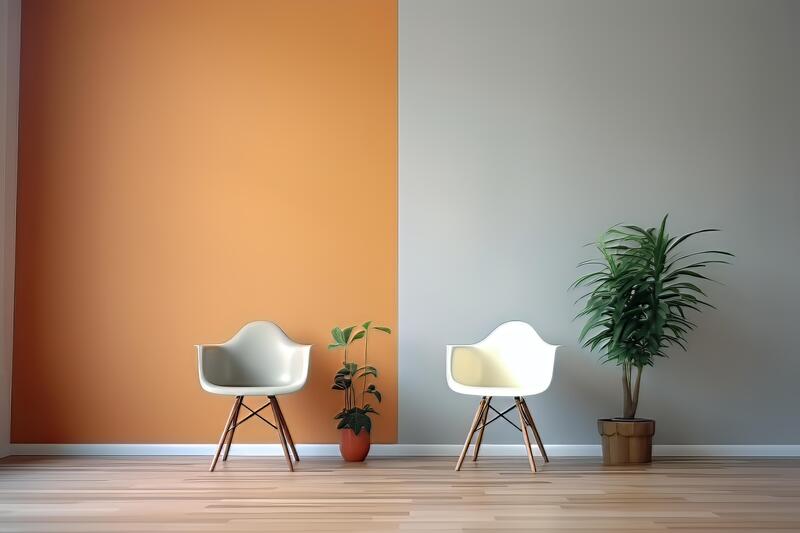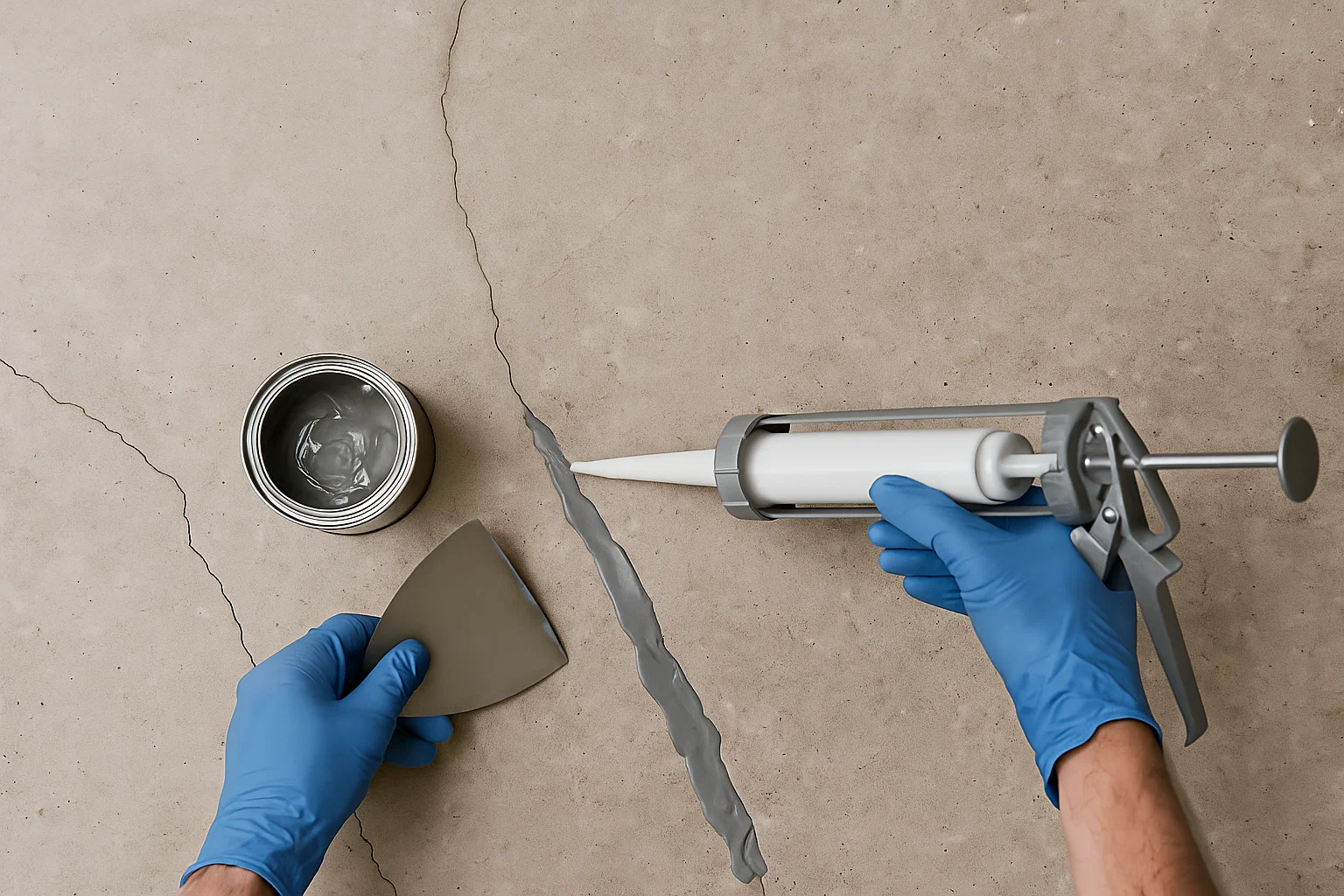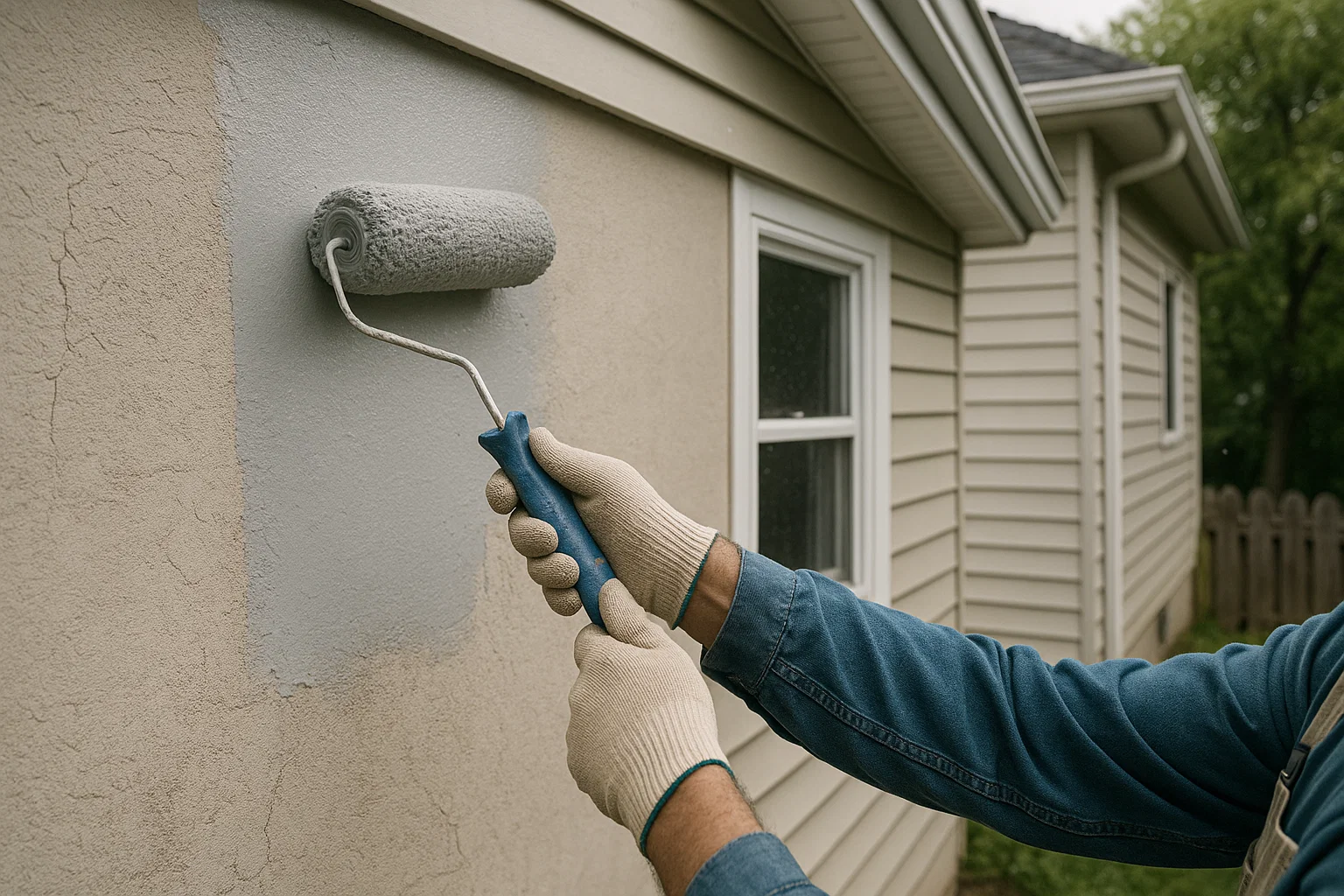When it comes to painting your home, one of the most overlooked yet impactful details is how colors transition from one room to the next. A poor transition can disrupt the flow of your home and make even the best color choices feel disjointed. On the other hand, mastering smooth color transitions will create a harmonious, professional look that makes each space feel connected while retaining its unique identity. Whether you’re working with bold hues or subtle neutrals, understanding how to blend colors between rooms can completely elevate your home’s interior.
Understanding the Flow of Your Space
Before you even pick up a paintbrush, take a step back and view your home as a whole. Open-concept layouts require special attention, as sightlines often span multiple rooms at once. Think about how one room leads into another, how natural light changes throughout your space, and how each room is used. For example, you may want a cozy, deeper shade in a private study but a lighter, airier feel in an adjoining living room. By mapping out these connections, you can create intentional transitions rather than abrupt changes that feel accidental.
Choosing a Cohesive Color Palette
One of the easiest ways to ensure seamless transitions is to stick to a cohesive color palette. This doesn’t mean every room has to be the same color, but selecting colors with similar undertones or within the same color family will help rooms flow effortlessly together. For example, warm-toned greys, creams, and soft blues work beautifully when layered throughout connected spaces. Using lighter or darker shades of the same base color is another subtle technique for smooth transitions.
Transitional Spaces Are Key
Hallways, staircases, and other in-between spaces act as natural bridges between rooms. These areas are the perfect opportunity to tie together adjoining colors. You could opt for a neutral shade in these areas that complements both surrounding rooms, or you might pull an accent color from one room to introduce in the next. Another creative trick is to incorporate the transition color in trims, moldings, or doors to create a subtle but effective flow.
Techniques for Open-Concept Living
Open layouts, where walls don’t clearly divide spaces, require a bit more strategy. Instead of stopping and starting colors abruptly, consider using color blocking or architectural features such as beams or half-walls to help delineate spaces. Alternatively, you can create soft divisions with changes in ceiling color, wainscoting, or even flooring materials that complement the wall colors. The goal is to define zones without breaking visual harmony.
Lighting Makes a Difference
Natural and artificial lighting can dramatically alter how colors are perceived. What looks cohesive in bright daylight may feel mismatched under warm evening lights. Always test your chosen colors in different lighting conditions across each room and the transitional spaces in between. This will help you fine-tune shades for a seamless look day or night.
Final Touch: Accents and Decor
Your color transitions don’t stop with paint. Rugs, furniture, and artwork can all reinforce your palette and bridge the gap between rooms. A rug in a hallway that picks up tones from both neighboring rooms, or throw pillows that echo accent colors from an adjacent space, can subtly strengthen the flow of color throughout your home.
Creating a fluid, visually pleasing color transition is both an art and a science. With careful planning and a thoughtful approach to color selection, your home can feel unified and polished from one room to the next. If you’d like expert guidance to bring your vision to life, the team at Top Tier Painting is here to help. Reach out today for a consultation!




